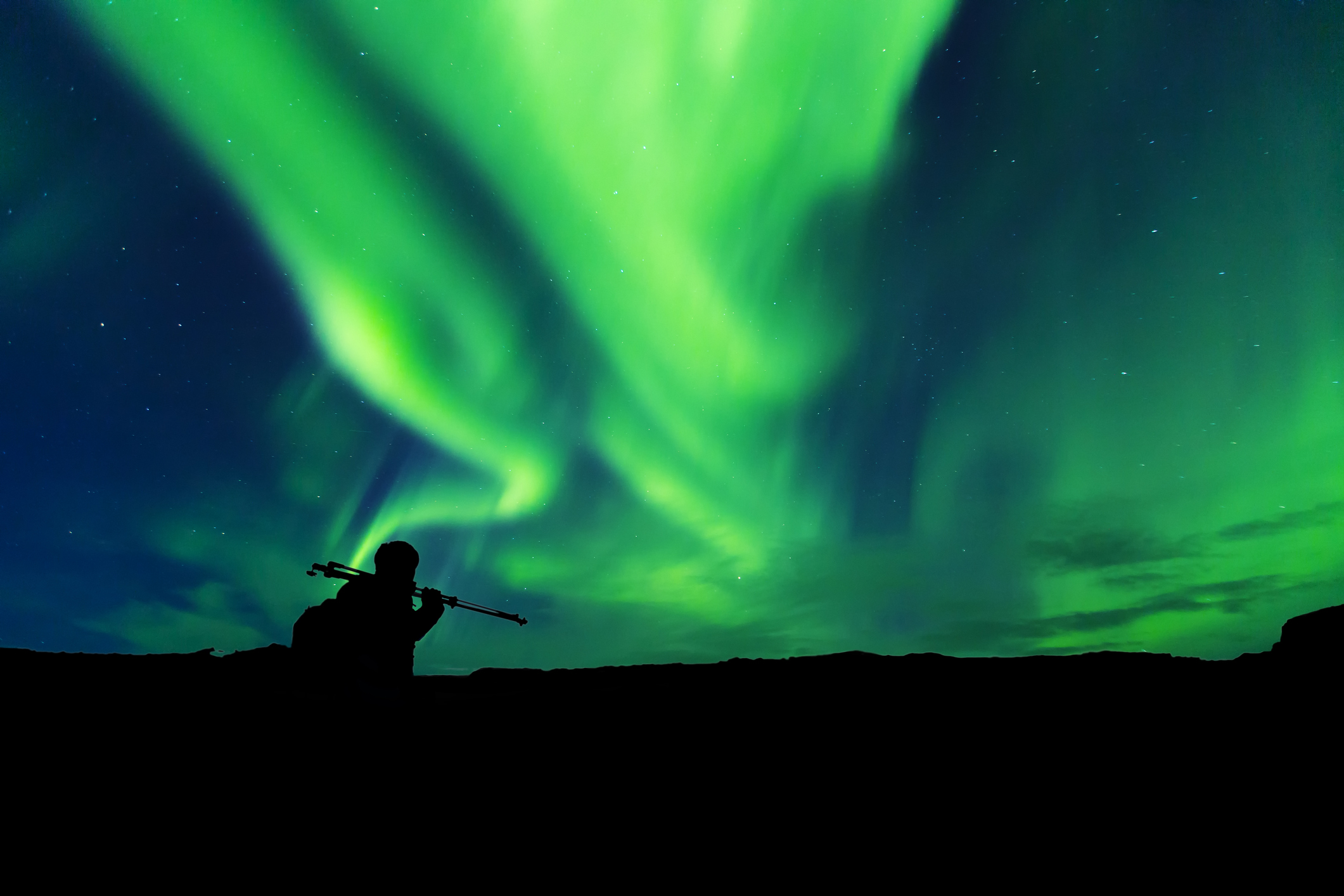For many, the name Aurora Borealis conjures images of a cathedral of light in the sky; a shimmering, swaying, ethereal dance among the stars. And hopefully now, thanks to a group of citizen scientists, so will the name Steve.
That’s the name that has been unceremoniously given to a spectacular celestial phenomenon that astronomers are still scratching their heads over.
To the naked eye, ‘Steve’ is a thin strip of white light that sits a bit further south than the northern lights. Amateur Aurora Borealis photographers have been snapping photos of it for a few years now, but only through the magic of photo editing and high saturation have the colours come though. Steve, in its full glory, is a shimmering purplish pink streak that flows east to west across Canada. Originally, these amateur skywatchers thought Steve might be a proto aurora – an aurora that is made of energized protons from the magnetosphere – but that hypothesis was dispelled due to the fact that proton auroras are not usually visible to the naked eye.
In order to uncover exactly what Steve is, scientists used a cluster of satellites called SWARM. Made up of three identical satellites dedicated to measuring magnetic signals that come from the ionosphere and magnetosphere, they, flew directly over top of Steve, collected data on its velocity, temperature and location. Turns out, Steve is a long stretch of ionized gas that is 25 kilometres across and thousands of kilometres long, moving at an astounding 6.5 kilometres a second, all while reaching temperatures around 3000 degrees Celsius. It’s a good thing all of this action is occurring around 300 kilometres above the surface of the Earth!
This is not to say that Steve is a new phenomenon. It turns out that we simply hadn’t noticed it before. Due to its wispy appearance to the naked eye, Steve has been mistaken for contrails coming from a plane, or overlooked entirely. It’s also not visible all the time. Often Steve will appear for 20 minutes to an hour before disappearing again. It’s only thanks to advancement in technology and the work of an enthusiastic group of skywatchers that we know as much as we do about Steve now. In fact, Steve may have been around millennia or more already.
But why the name Steve? It began with a group of amateur skywatchers who were sharing photos of the celestial phenomenon across their online community. They needed a name for what they were chatting about, and Steve was thrown out as an option. It’s a reference to the animated film 'Over the Hedge'. In the movie, a group of forest creatures nervously investigate the sudden appearance of a new phenomenon (a hedge) in their home. One quips, ‘I would be a lot less afraid of it if I just knew what it was called.’ Another answers, ‘Let’s call it Steve. It’s a pretty name.’ The context behind the name is surprisingly fitting considering its origins, so maybe it’s not a surprise the name has stuck. (However, it has gone through a bit of a scientific upgrade – Steve now stands for Strong Thermal Emission Velocity Enhancement – and the name will probably change a few more times as scientists learn more about it.)
Want to know more about Steve? You’ll have to wait with the rest of us! Scientists whose interests in the celestial strand have been piqued are putting together a paper, and are remaining tight-lipped on the details until it’s time to publish.
There are plenty of other fascinating things in space!
Check out Canada’s Space Telescope or discover the possibilities of nano satellites.
Header image via Vanexus Photography
